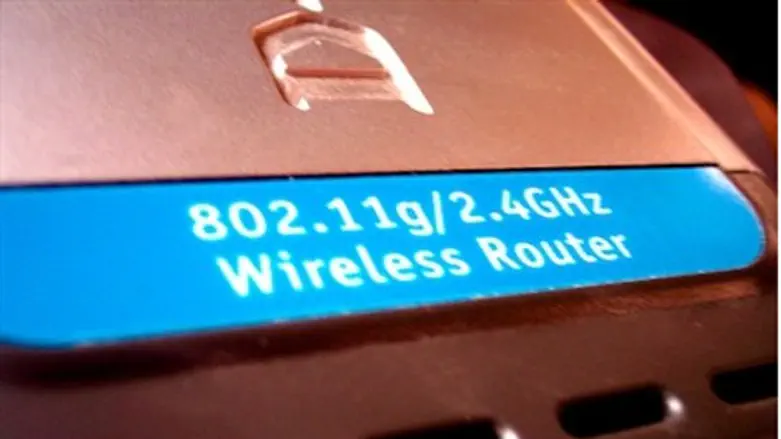
Each day, more devices – cellphones, smartphones, tablets, laptops, and much more – come to life, waiting to “get networked,” joining the great data cloud that now covers the world. Nearly all of those devices will have the ability to connect to the internet using WiFi (the vast majority won't even have a port for a physical network cable) – as well as the ability to access 3G data networks provided by cellphone and data service providers.
Unlike WiFi – which is localized and is just an extension of a wired network, which the WiFi router is connected to – 3G data networks are not connected to anything, which means that thousands, if not millions, of devices are trying to access “the signal” at the same time. Unfortunately, 3G networks just aren't capable of that type of load, and the enormous volume of requests is slowing everyone down – and creating a lot of frustrated customers!
Eventually, things should speed up, as service providers begin deploying 4G network services, which will allow data access at far great loads and speeds (up to 10 times faster) than current 3G networks. But that may take awhile; building new networks is expensive (and we're in a recession now), and some companies are still deciding which 4G technology to use (WiMax, LTE, etc.).
Meanwhile, the network “arteries” continue to clog – and an Israeli company has developed a system that helps take the pressure off 3G data networks by “off-loading” usage to WiFi hotspots. The company, called WeFi, provides an application of the same name (for Android and Symbian cellphones, and Windows computers and smartphones) that lets you search and find millions – over 100 million, in fact – open Wifi hotspots all over the world! And the company's WeANDSF technology will automatically move a user's data connection from the 3G network to a local Wifi connection whenever it finds one.
And how does WeFi know where to look for Wifi (the technology is strictly software based and does not require a hardware-based network detector)? From the database – with information sent in by users who have WeFi installed on their devices. Each time you log onto a Wifi connection, WeFi updates the database and adds it to the user map – and when other WeFi users are in the neighborhood, “your” hotspot shows up on their maps, too (WeFi later figures out if it's a free or pay site; it does not check if you connected to the network with a login/password). WeFi, which has been around for 6 years, presented its solutions Wednesday at the 4G Israel Conference, where hundreds of top phone industry execs gathered to exchange ideas.
In essence, it's a social network for Wifi connections, using the power of the many to let individual members get a faster, cheaper (3G data connections are expensive!) connections automatically – at the same time lowering the pressure on existing data networks, giving service providers more time to install 4G networks! It's a win-win proposition that the Tel Aviv company provides, with 5 million happy users who are getting a great deal – and helping the network to breathe a little easier!